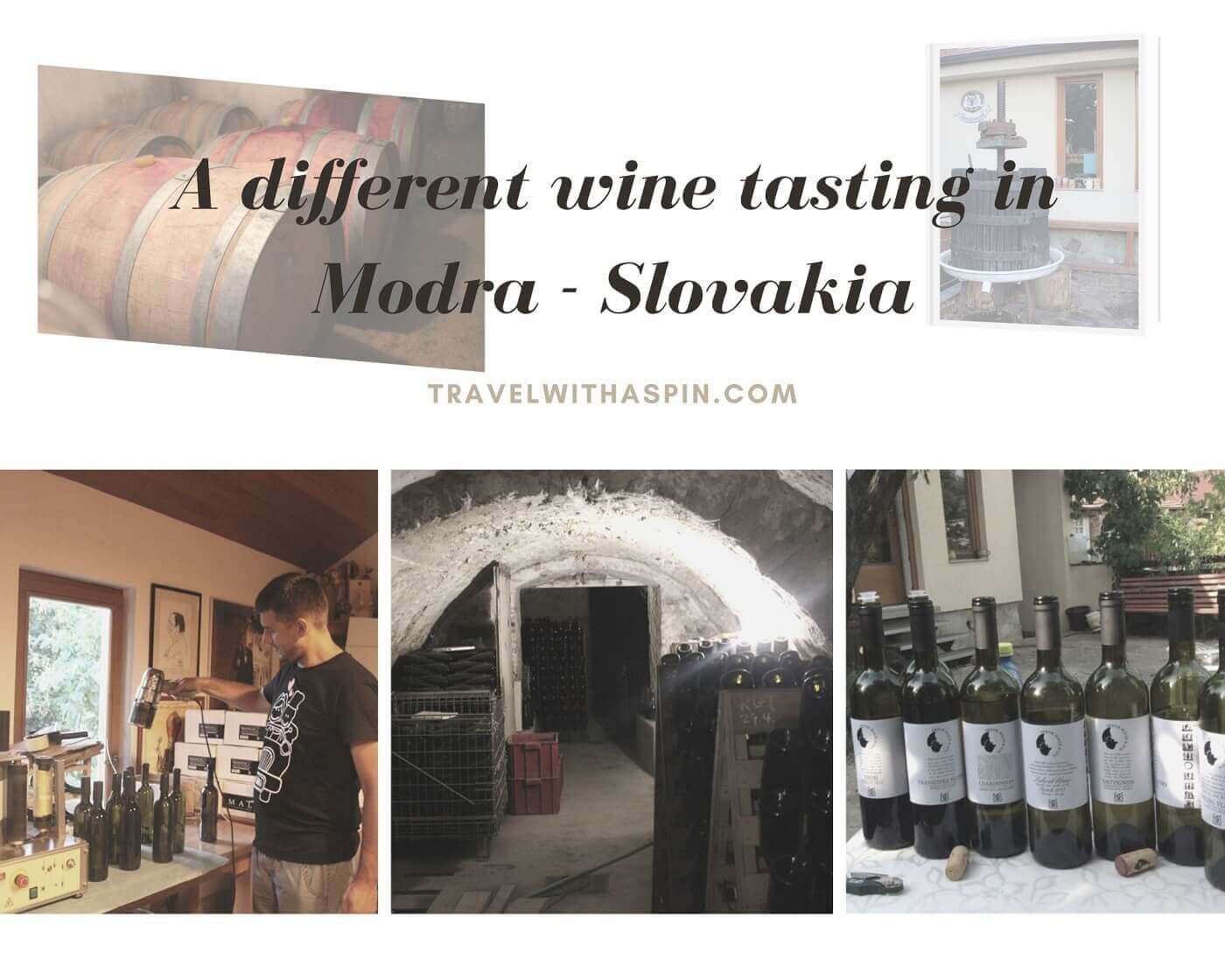
We’ve been wine tasting several times in Romania and Moldova. However, we had never opened a bottle of wine with an axe or put hoods on them, as we did in Modra. But let’s start with the beginning.
Where is Modra?
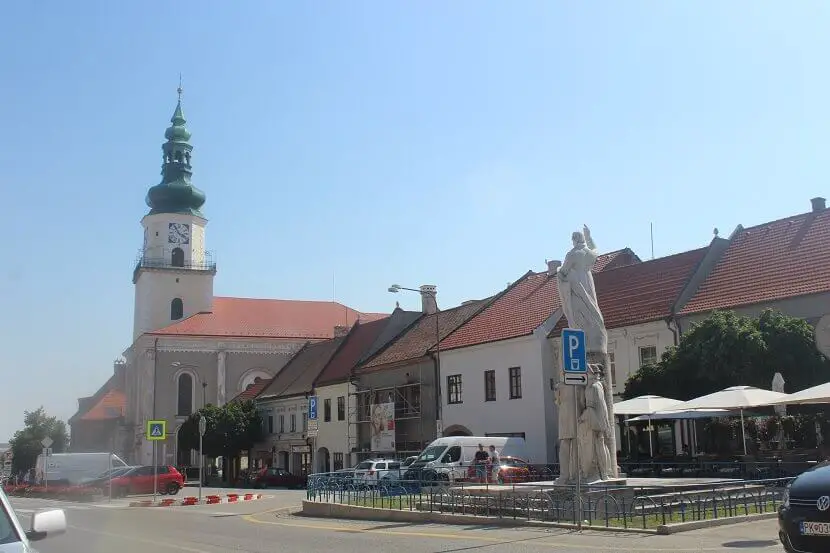
Modra lies close to Bratislava, at the edge of the Little Carpathians, in Slovakia. From the capital one can get there in less than one hour by bus. It leaves every 30 minutes from the main bus station and an one-way ticket costs 3 euro. We got there by car, as we were on a road trip. We booked accommodation in the center of the town, in order not to drive afterwards.
Accommodation I recommend: Hotel Sebastian u Hoffera.
Short history
The town was mentioned for the first time in the 12th century. Vineyards and wine making in Modra date back to 1321. Because of them, it became one of the most important towns in the region in the 17th century. Modra was declared Free Royal Town in 1607.
Modra and wine
Taking into consideration that vineyards were an important part in the life of the town ever since the 14th century, there is no wonder it became one of the main wine center in the Slovak Carpathian area. It was estimated that between 1607 and 1620 the incomings from wine selling represented 70% of the GDP of the town. Today, Modra is known for quality wines, with a pleasant aroma. This is the result of combining traditional and modern methods. It was also interesting to find out that there’s a school for winemakers in town. It has its headquarters in a rustic castle.
Being a town which owes its development to wine, in Modra there are events that celebrate this connection all year round. The wine producers created an association and organize events as Day of Open Cellars (November), Little Carpathian’s vintage (September), Vitis Aurea, the summer picnic or The Day of the Cellars (April).
What else can you do in Modra?
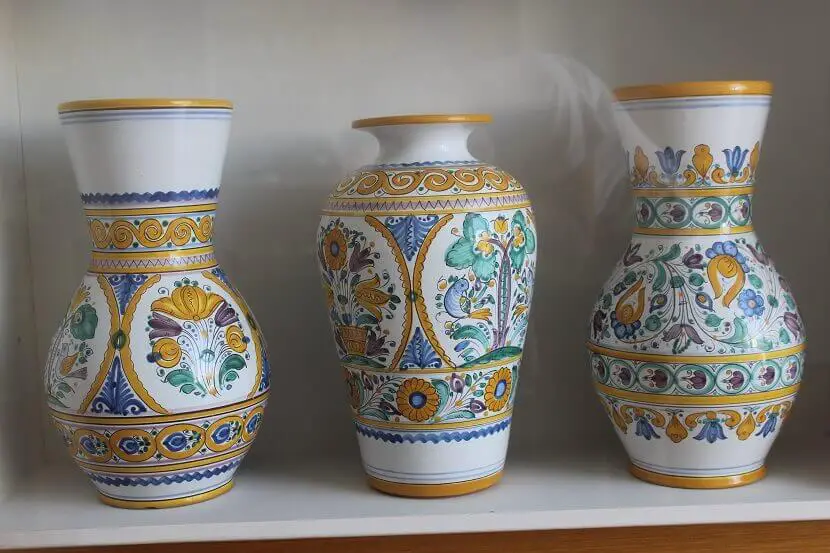
Modra is known at national level for two things: wine and ceramics. Pottery has been practiced in the area since the 19th century. At the beginning, they made white and blue porcelain. In the meantime, more and more colors were used. The resulted models are beautiful, eye-catching and attention to details is obvious in each object. Tourists can take part in pottery workshops at the factory with a booking made in advance.
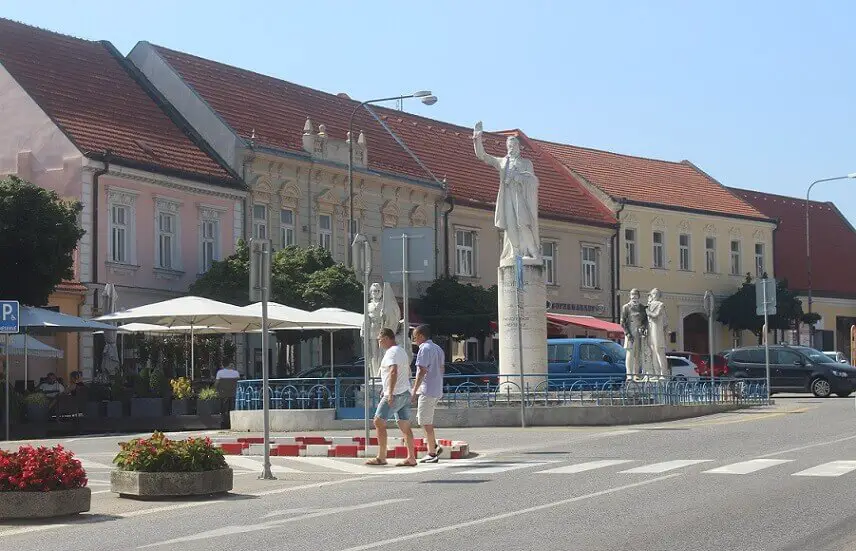
In the middle of Modra stands the statue of Ludovit Stur, known for his major contribution to the codification of the Slovak language. One can visit three churches in Modra. The oldest one is the Gothic Church of St. John the Baptist from the 14th century. The other two are the Evangelical Church (1826) and the Romano-Catholic Church of King Stefan.
Modra is also a starting point for different hiking routes. The most popular is the one to the observation tower Veľká Homola. The 21m high tower was initially built in 2001. As it didn’t meet the security measures anymore, it was torn down in 2016 and rebuilt in 2018. One can get there in two hours and a half on the route marked with red that starts in the town center.
How was the wine tasting?
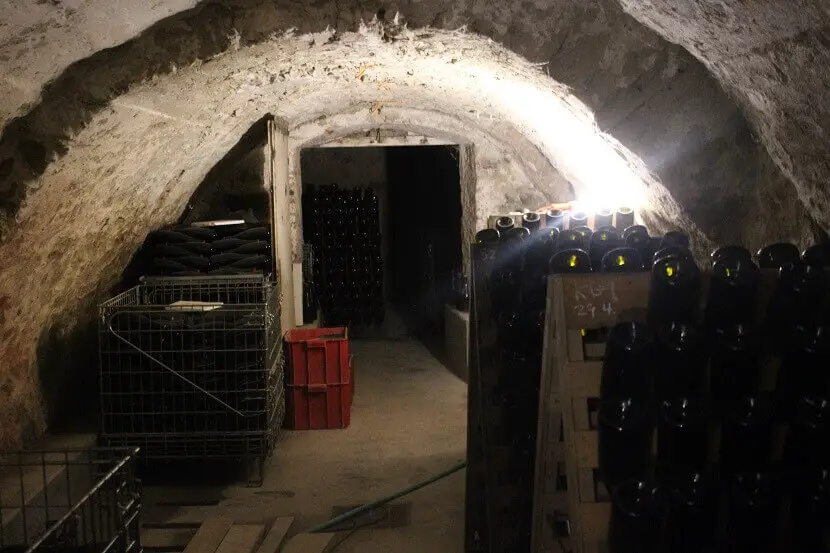
We booked in advance an afternoon wine tasting session by email. We didn’t pay anything until we got there. At first sight it looked like an ordinary wine tasting.
Jakub Malik met us. First of all, he guided us through the shop in the center, where the family also wants to arrange a cellar. He told us about the small business of his family, how he shares responsibilities with his brothers and about the books his father wrote about wine and gastronomy. Unfortunately, his father does not speak English at all.
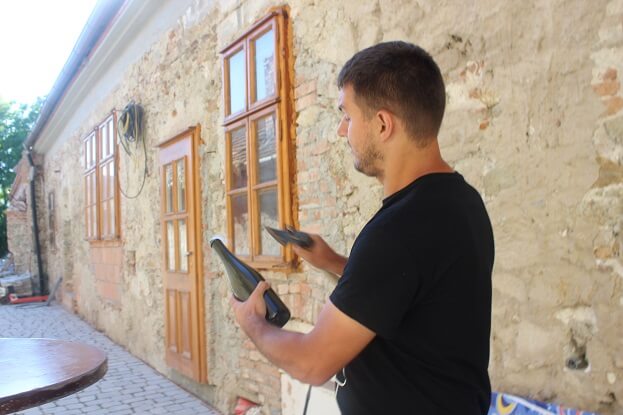
We got a plate of food. Nothing special, just salami, cheese, olives, bread and vegetables. I would have enjoyed something more traditional. We tasted 5-6 white wines. There were white ones, sparkling ones and a red one. Some of them were good. Some were really special. I lost count at one point in time. We left the shop with two bottles for home bought separately, because we loved them. Jakub didn’t press us at all to buy.
The interesting part was that we didn’t leave to the hotel, but to Jakub’s father house, where they produce and bottle the wine.
Visiting Malik family
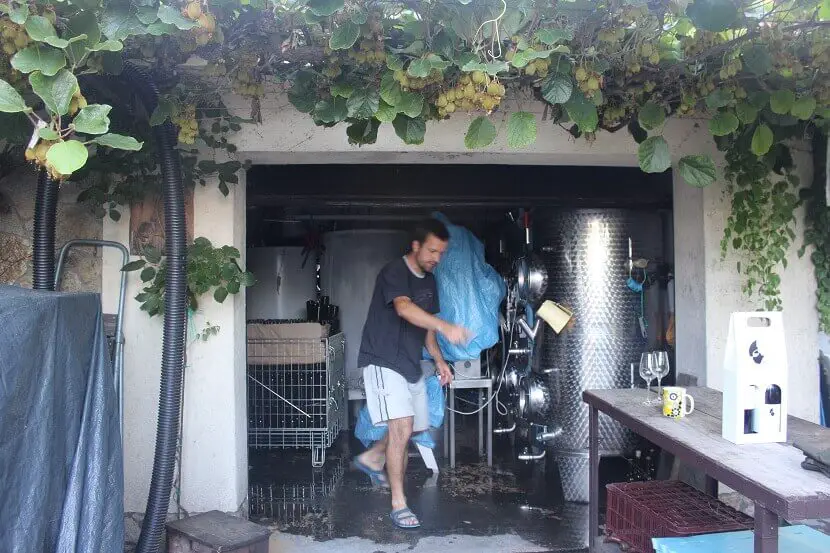
The garden of the house was like a playground for us. I liked it from the start, when I saw the grapes and the kiwi. Guided by Jakub, we could witness some of the phases of wine making. In each room there were bottles or barrels. We even participated actively in putting the hoods on the bottles.
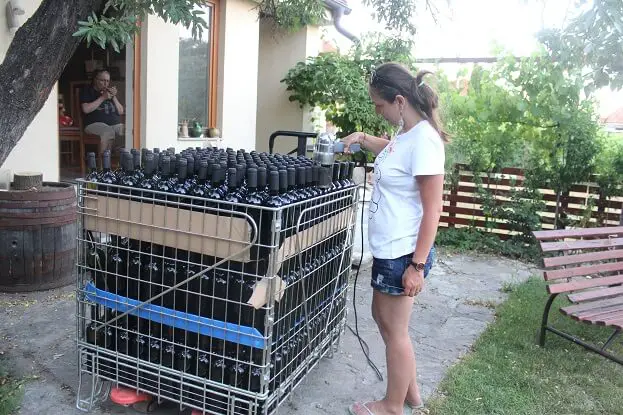
Jakub also showed us how sparkling wines are made through the traditional champagnoise method without all the machines available in a factory. He took a bottle that had already passed through the sedimentation phase and took off the cork with all the impurities. Then, he showed us how the labels are stuck on the bottle.
We spend a nice afternoon and learnt a lot. Under Jakub’s supervision we could participate actively in the process. In the end, it didn’t feel like an ordinary wine tasting at all. I hope any person that gets to Bratislava and is even remotely in this kind of an experience will give a change to the Malik family.
Travel With A Spin contains affiliate links. If you make a purchase through these links, I will earn a commission at no extra cost to you. Thanks for reading!
